Mac users may experience a problem where a process named trustd starts using up an abnormally big amount of CPU and memory, thereby causing a system slowdown.
What is trustd Mac process?
To maintain various important workflows continuously, macOS leverages dozens of auxiliary processes that monitor and control specific system areas. The daemon named trustd is one of these irreplaceable entities. It is geared toward checking the validity of digital certificates used by applications that run on a computer. If a certificate happens to be revoked, this process will instantly identify the gap and trigger predefined actions, such as program termination accompanied by notification dialogs that alert the user to potential risk.
Since all certs reside in the Keychains directory, along with other sensitive data like passwords and keys, trustd is in constant sync with this repository. To fetch validity details, it relies on another process called nsurlsessiond which, in its turn, queries a server at valid.apple.com in real time. Despite its indisputable legitimacy, the daemon in question has been associated with something sketchy – largely because CPU and memory consumption can skyrocket all of a sudden.
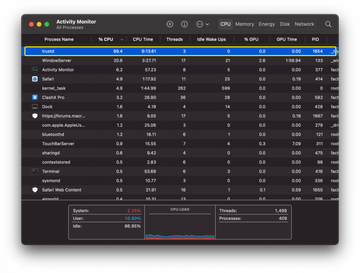
Trustd high CPU virus may re-infect your Mac multiple times unless you delete all of its fragments, including hidden ones. Therefore, it is recommended to download Combo Cleaner and scan your system for these stubborn files. This way, you may reduce the cleanup time from hours to minutes.
Download Now Learn how Combo Cleaner works. If the utility spots malicious code, you will need to buy a license to get rid of it.So what can go wrong with trustd?
As previously mentioned, sometimes trustd gets out of hand by gobbling up nearly all available CPU and RAM capacity. This condition, predictably enough, affects the computer’s productivity significantly. Aside from becoming awfully sluggish and unresponsive, the Mac may get kernel panics or reboot at random when you least expect it. Not only is the slowdown combined with a super-noisy fan a huge nuisance in and of itself, but it’s also a pretty much sure-shot way to bid farewell to any unsaved work.
The drag often occurs if you haven’t used your machine for quite some time – the first boot after the pause will get the process really busy inspecting Keychains for obsolete certificates and other inconsistencies. In this scenario, opening Safari is a catalyst for a spike in trustd CPU and RAM usage. This is especially true if a large number of certs are stored. Among the related root causes for this issue are recurrent instances of nsurlsessiond daemon establishing connections with valid.apple.com. In many cases, such predicaments occur on out-of-date versions of macOS. Therefore, one of the first things on your to-do list is to install the latest build of the operating system that may tidy up all things certificates a bit. If this doesn’t do the trick, the following methods are worth trying.
Common workarounds for trustd high CPU problem
Whereas the trustd daemon operates in concert with the Keychain system on a Mac, the two may develop conflicts whose reasons stem from programming imperfections, overabundance of certificates, and glitches in old versions of the operating system. With these close ties in mind, some researchers have tried to fix the trustd high CPU issue in a fairly radical way – by deleting certain fragments of Keychain information. This might sound like a spray and pray technique, but it turns out to have no conspicuous consequences for normal user experience. Here is what you should do to give this method a shot. Expand the “Go” menu from the Apple menu bar, select “Go to Folder”, and enter “/Library/Keychains” (without quotes) to open the corresponding folder. Then, move the System.keychain file to the Trash as illustrated below.
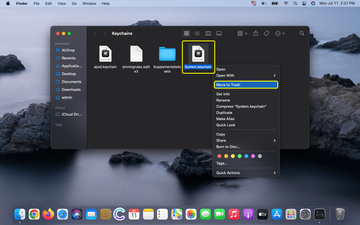
One more approach is to play around with files associated with the trustd service itself. It’s hard to say how exactly this relates to the bug under scrutiny, but it proved to be effective in most cases. The logic is as follows: use the same workflow as specified above to browse to the following directory: “/private/var/protected/trustd” (again, no quotes). When the folder is opened, find all files that have “sqlite3” in their names. These are most likely valid.sqlite3, valid.sqlite3-shm, and valid.sqlite3-wal. From there, you have two options. One is to rename these items, and the other is to delete them completely. After you reboot, macOS will respawn these files automatically. The odd trick is that the trustd high CPU quandary will likely stop manifesting itself.
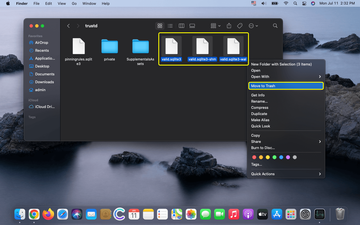
If none of the above workarounds works, there is one more theory worth checking. Mac malware may poison legitimate system binaries by injecting dodgy attributes in them. This way, the booby-trapped process will be flying below the radars of system security tools such as Gatekeeper and XProtect, and the covert malicious component will be affecting the machine or the victim’s data. The probability of this situation isn’t very high, and yet it’s within the realms of possibility. The only way to probe trustd for suspicious hallmarks is to check the system for signs of malware activity. A mixture of manual actions, behavioral analysis, and heuristics should help diagnose the issue and apply the appropriate fix.
Trustd high CPU virus manual removal for Mac
The steps listed below will walk you through the removal of this malicious application. Be sure to follow the instructions in the specified order.
Expand the Go menu in your Mac’s Finder bar and select Utilities as shown below.
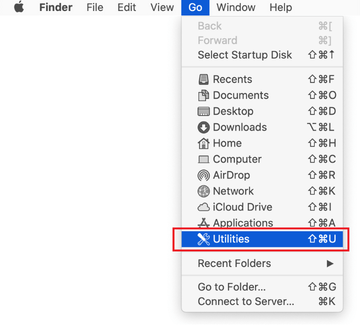
Locate the Activity Monitor icon on the Utilities screen and double-click on it.
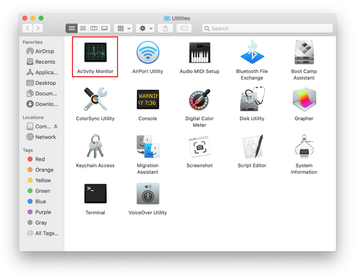
In the Activity Monitor app, look for trustd or another process that appears suspicious. To narrow down your search, focus on unfamiliar resource-intensive entries on the list. Keep in mind that its name isn’t necessarily related to the way the threat is manifesting itself, so you’ll need to trust your own judgement. If you pinpoint the culprit, select it and click on the Stop icon in the upper left-hand corner of the screen.
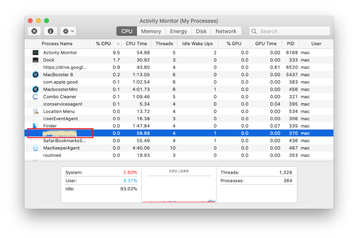
When a follow-up dialog pops up asking if you are sure you want to quit the troublemaking process, select the Force Quit option.
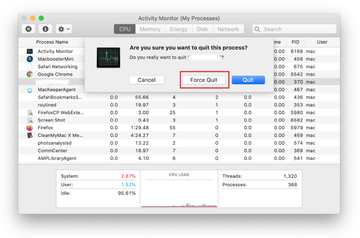
Click on the Go menu icon in the Finder again and select Go to Folder. You can as well use the Command-Shift-G keyboard shortcut.
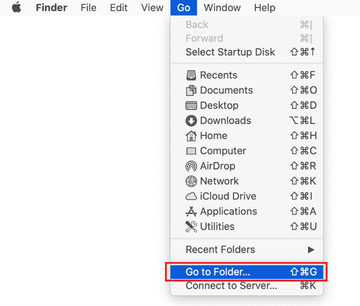
Type /Library/LaunchAgents in the folder search dialog and click on the Go button.
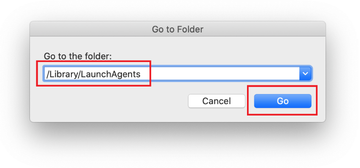
Examine the contents of the LaunchAgents folder for dubious-looking items. Be advised that the names of files spawned by malware may give no clear clues that they are malicious, so you should look for recently added entities that appear to deviate from the norm.
As an illustration, here are several examples of LaunchAgents related to mainstream Mac infections: com.updater.mcy.plist, com.avickUpd.plist, and com.msp.agent.plist. If you spot files that don’t belong on the list, go ahead and drag them to the Trash.
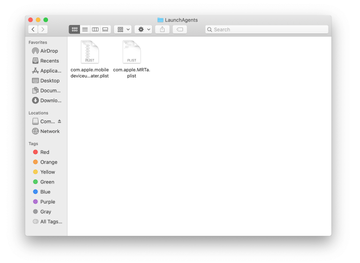
Use the Go to Folder lookup feature again to navigate to the folder named ~/Library/Application Support (note the tilde symbol prepended to the path).

When the Application Support directory is opened, identify recently generated suspicious folders in it and send them to the Trash. A quick tip is to look for items whose names have nothing to do with Apple products or apps you knowingly installed. A few examples of known-malicious folder names are ProgressSite and IdeaShared.
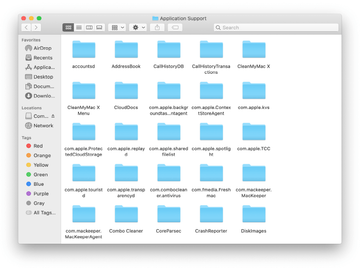
Enter ~/Library/LaunchAgents string (don’t forget to include the tilde character) in the Go to Folder search area.
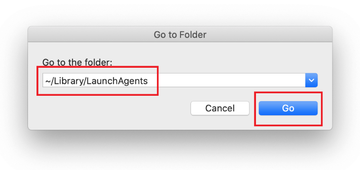
The system will display LaunchAgents residing in the current user’s Home directory. Look for dodgy items related to rogue trustd process (see logic highlighted in subsections above) and drag the suspects to the Trash.
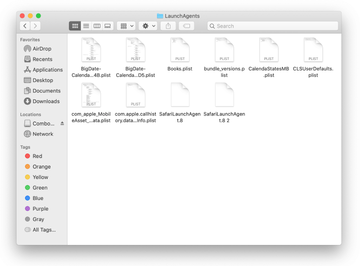
Type /Library/LaunchDaemons in the Go to Folder search field.
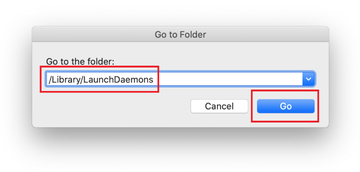
In the LaunchDaemons path, try to pinpoint the files the malware is using for persistence. Several examples of such items cropped by Mac infections are com.apple.sysmond.plist, com.startup.plist, and com.ExpertModuleSearchDaemon.plist. Delete the sketchy files immediately.
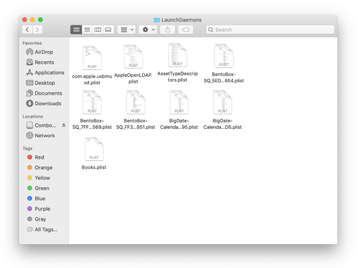
Click on the Go menu icon in your Mac’s Finder and select Applications on the list.
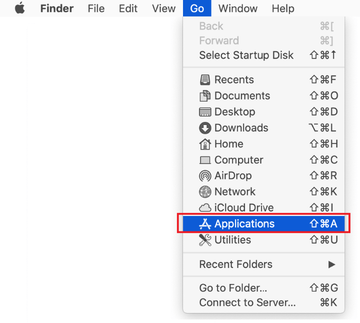
Find the entry for an app that clearly doesn’t belong there and move it to the Trash. If this action requires your admin password for confirmation, go ahead and enter it.

Expand the Apple menu and select System Preferences.
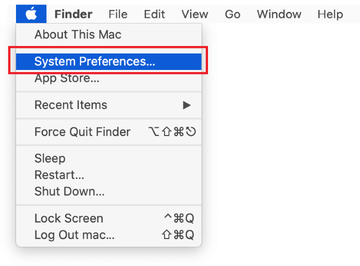
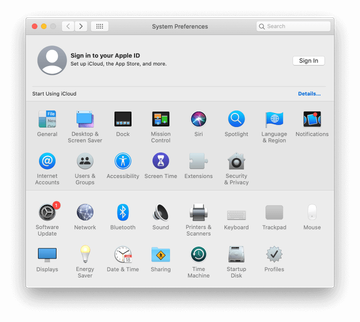
Proceed to Users & Groups and click on the Login Items tab.
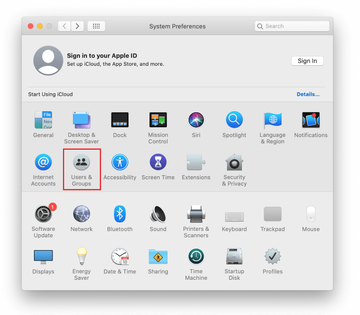
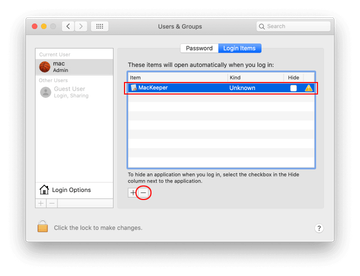
Now select Profiles under System Preferences. Look for a malicious item in the left-hand sidebar. Several examples of configuration profiles created by Mac adware include TechSignalSearch, MainSearchPlatform, AdminPrefs, and Safari Settings. Select the offending entity and click on the minus sign at the bottom to eliminate it.
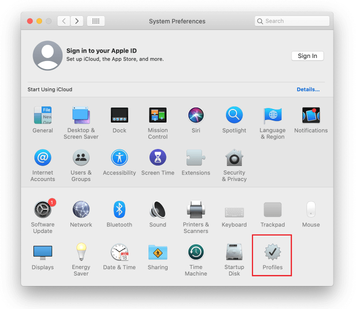
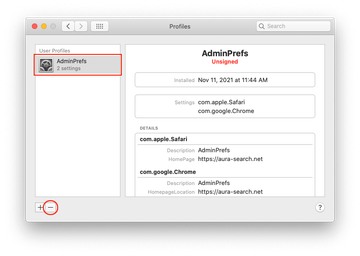
Get rid of trustd related malware in web browser on Mac
To begin with, the web browser settings taken over by the trustd malware should be restored to their default values. Although this will clear most of your customizations, web surfing history, and all temporary data stored by websites, the malicious interference should be terminated likewise. The overview of the steps for completing this procedure is as follows:
- Remove trustd virus from Safari
- Open the browser and go to Safari menu. Select Preferences in the drop-down list.
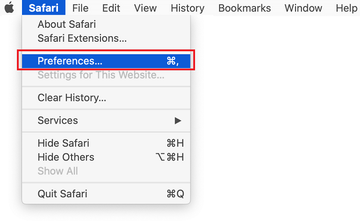
- Once the Preferences screen appears, click on the Advanced tab and enable the option saying “Show Develop menu in menu bar”.
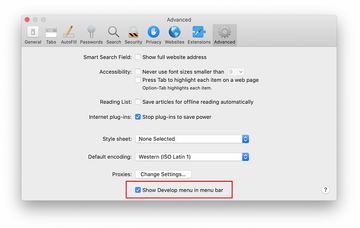
- Now that the Develop entry has been added to the Safari menu, expand it and click on Empty Caches.
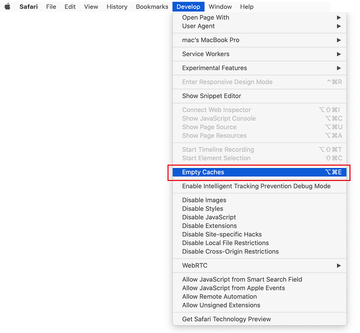
- Now select History in the Safari menu and click on Clear History in the drop-down list.
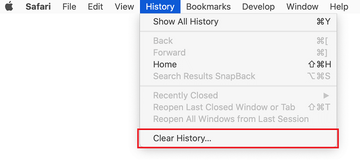
- Safari will display a dialog asking you to specify the period of time this action will apply to. Select all history to ensure a maximum effect. Click on the Clear History button to confirm and exit.

- Go back to the Safari Preferences and hit the Privacy tab at the top. Find the option that says Manage Website Data and click on it.

- The browser will display a follow-up screen listing the websites that have stored data about your Internet activities. This dialog additionally includes a brief description of what the removal does: you may be logged out of some services and encounter other changes of website behavior after the procedure. If you’re okay with that, go ahead and click on the Remove All button.
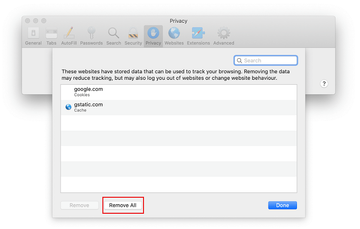
- Restart Safari
- Open the browser and go to Safari menu. Select Preferences in the drop-down list.
- Remove trustd virus in Google Chrome
- Open Chrome, click the Customize and control Google Chrome (⁝) icon in the top right-hand part of the window, and select Settings in the drop-down
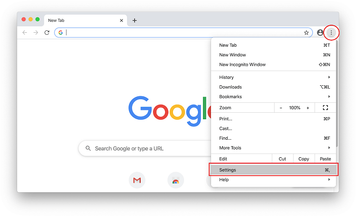
- When on the Settings pane, select Advanced
- Scroll down to the Reset settings section.
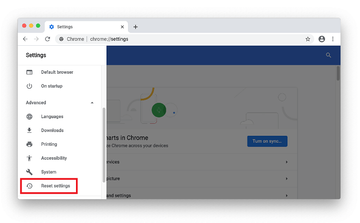
- Confirm the Chrome reset on a dialog that will pop up. When the procedure is completed, relaunch the browser and check it for malware activity.
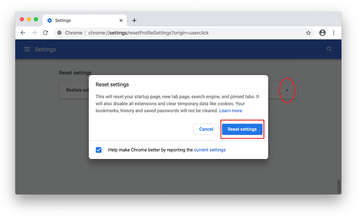
- Open Chrome, click the Customize and control Google Chrome (⁝) icon in the top right-hand part of the window, and select Settings in the drop-down
- Fix trustd problem in Mozilla Firefox
- Open Firefox and go to Help – Troubleshooting Information (or type about:support in the URL bar and press Enter).
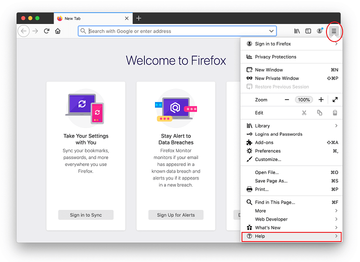
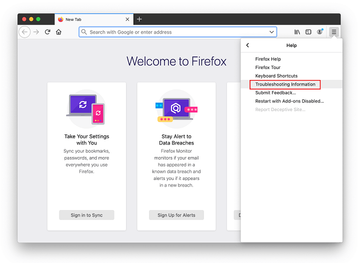
- When on the Troubleshooting Information screen, click on the Refresh Firefox button.
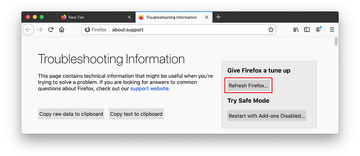
- Confirm the intended changes and restart Firefox.
- Open Firefox and go to Help – Troubleshooting Information (or type about:support in the URL bar and press Enter).
Fix trustd Mac issues using Combo Cleaner removal tool
The Mac maintenance and security app called Combo Cleaner is a one-stop tool to detect and remove trustd high CPU virus. This technique has substantial benefits over manual cleanup, because the utility gets hourly virus definition updates and can accurately spot even the newest Mac infections.
Furthermore, the automatic solution will find the core files of the malware deep down the system structure, which might otherwise be a challenge to locate. Here’s a walkthrough to sort out the trustd high CPU issue using Combo Cleaner:
Download Combo Cleaner installer. When done, double-click the combocleaner.dmg file and follow the prompts to install the tool onto your Mac.
By downloading any applications recommended on this website you agree to our Terms and Conditions and Privacy Policy. The free scanner checks whether your Mac is infected. To get rid of malware, you need to purchase the Premium version of Combo Cleaner.
Open the app from your Launchpad and let it run an update of the malware signature database to make sure it can identify the latest threats.
Click the Start Combo Scan button to check your Mac for malicious activity as well as performance issues.
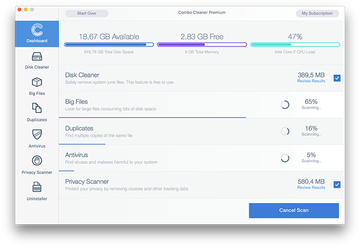
Examine the scan results. If the report says “No Threats”, then you are on the right track with the manual cleaning and can safely proceed to tidy up the web browser that may continue to act up due to the after-effects of the malware attack (see instructions above).
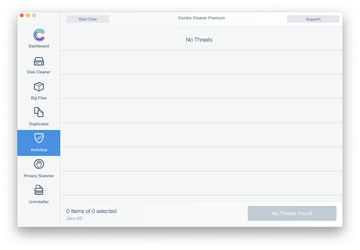
In case Combo Cleaner has detected malicious code, click the Remove Selected Items button and have the utility remove trustd high CPU threat along with any other viruses, PUPs (potentially unwanted programs), or junk files that don’t belong on your Mac.
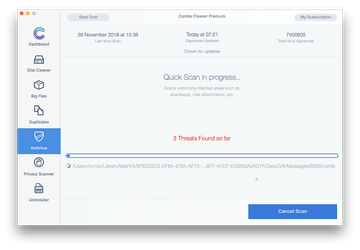
Once you have made doubly sure that the malicious app is uninstalled, the browser-level troubleshooting might still be on your to-do list. If your preferred browser is affected, resort to the previous section of this tutorial to revert to hassle-free web surfing.
